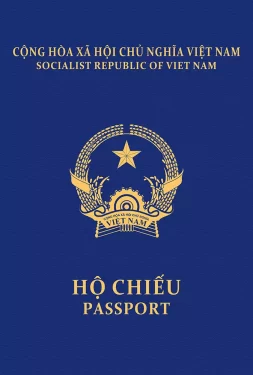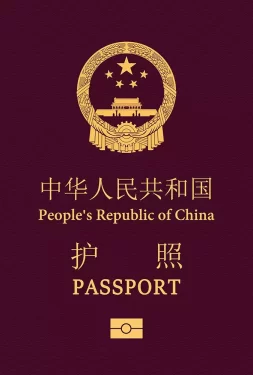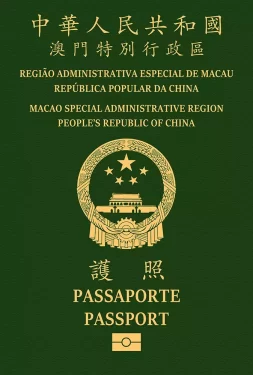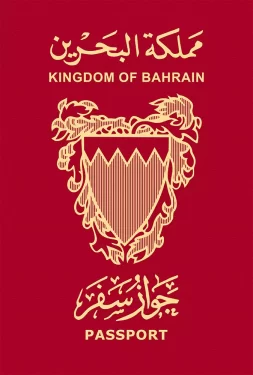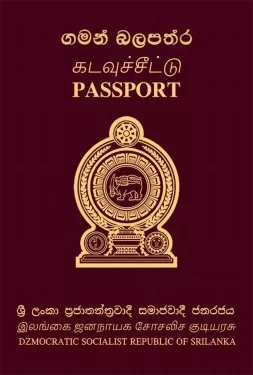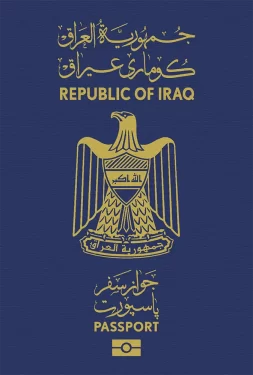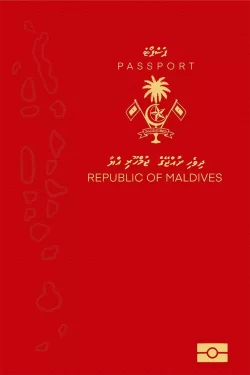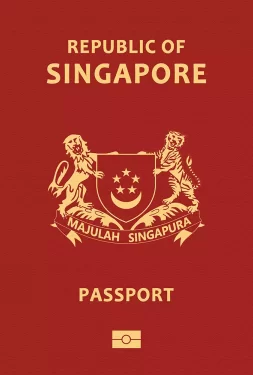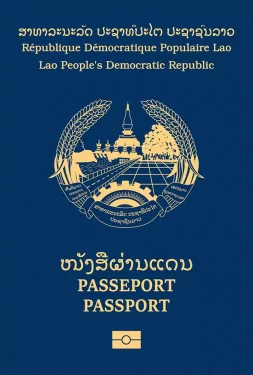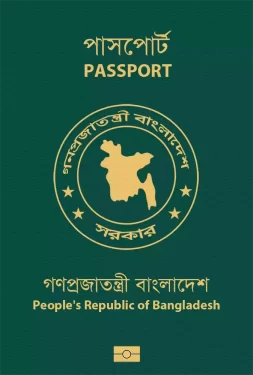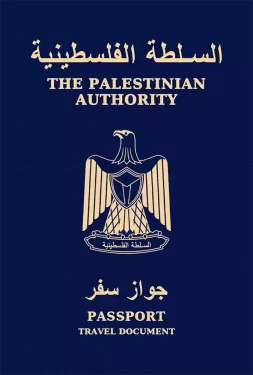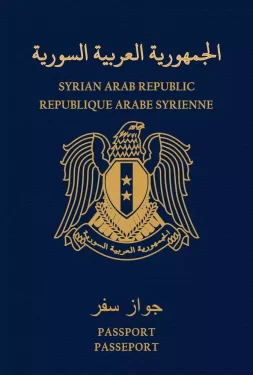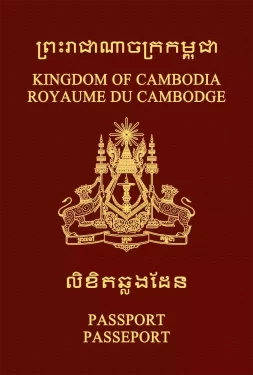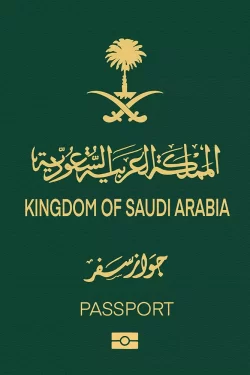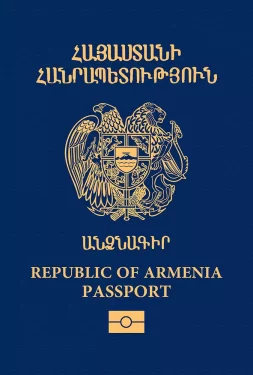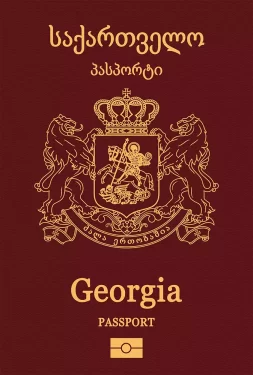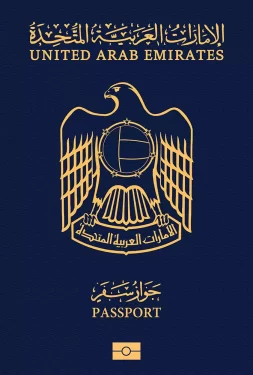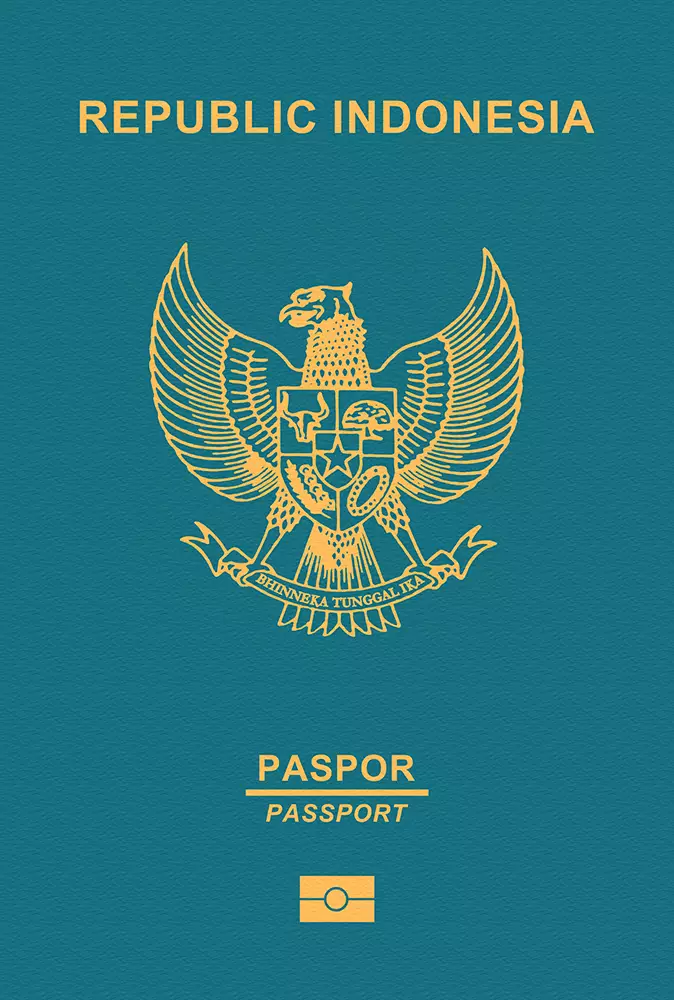
Indonesia
Indonesia passport ranking
The Indonesian passport is currently ranked 64th place on the Guide Passport Index. It provides visa-free access to 79 destinations. This gives it an overall medium-low mobility score. Indonesian passport holders have visa-free access and visas on arrival to countries such as Serbia, Brazil, Sri Lanka and Malaysia. Indonesian passport holders do however require a visa to enter about 150 destinations in the world. Some of the destinations where a prior visa is required are the United States, the European Union and China.
Indonesia Passport Ranking
The Indonesia passport ranking relative to other global passports is calculated by adding up the number of countries that allow Indonesia passport holders to enter without a visa (i.e. visa-free countries) and those that allow Indonesia passport holders to enter by obtaining a visa on arrival (i.e. visa-on-arrival countries) or an electronic travel authorization (eTA). There are currently a total of 45 Indonesia passport visa-free countries, 32 Indonesia visa-on-arrival countries, and 2 eTA destinations.
Altogether, Indonesia passport holders can enter a total of 79 destinations—either without a visa, through a visa on arrival, or via an eTA. As a result, the Indonesia passport ranks 64 in the world.
Separate from these Indonesia visa-free countries and visa-on-arrival countries, there are 150 additional destinations which Indonesia passport holders either need a physical visa to enter or an eVisa (i.e. visa required countries).
About Indonesia
The Republic of Indonesia is a former Dutch colony consisting of 38 provinces. It is located in Southeastern Asia. The nation’s neighboring countries are Malaysia, the Philippines, Timor-Leste and Papua New Guinea. The most important provinces are West Java, East Java and Central Java. Indonesia has a surface area of 1,904,569 square kilometers and is therefore the largest country in Southeast Asia. The climate is generally tropical but more moderate in the highlands. Its terrain consists mostly of coastal lowlands, high mountains, tropical rainforests and active volcanos.
The overall population is over 275 million people, making it the 3rd most populous country in Asia. The capital of the country is Jakarta, which is also the most populated city with 10.7 million inhabitants. Other sizable cities are Surabaya and Bandung. The largest airport is Soekarno-Hatta International Airport (CGK) with 66 million yearly passengers. CGK airport has excellent flight connections to the entire world. It is named after the first President and Vice President of Indonesia.
Indonesian culture has evolved during two millenniums from influences of India, China, the Middle East and Europe. Its religious landscape is dominated by the Islam. The official language is Bhasa, though there are more than 700 other languages. The legal system is the civil law based on the Roman Dutch model. The government type is a presidential republic. The head of government and at the same time chief of state is the elected President Joko Widodo. The elections take place every 5 years and the president is elected directly by absolute majority vote.
The official currency of the country is the Indonesian Rupiah (IDR) with the current exchange rate being IDR 15,57 to the USD. The country has an open economy, generating a GDP of approximately $3.3 trillion. Its citizens have a per capita income of $12,345. The GDP is mostly made up of 2 key sectors, which are services and industry. Indonesia has the largest GDP in Southeast Asia and depends heavily on the oil and gas production for export revenues. Additionally, it also exports coal, tin, copper, gold, rice, palm oil, tea and coffee.
Indonesia is filled with a variety of urban and natural tourism destinations and attractions. It is known for its picturesque landscapes and different cultural facets. The country boasts with 9 UNESCO world heritage sites. Some of the major destinations include Bali, Borneo, the Komodo National Park, Mount Bromo, lake Toba and the capital Jakarta. The nation has a total of approximately 16 million tourists visiting every year. The majority of the tourists originate from its surrounding countries, China and Japan.
